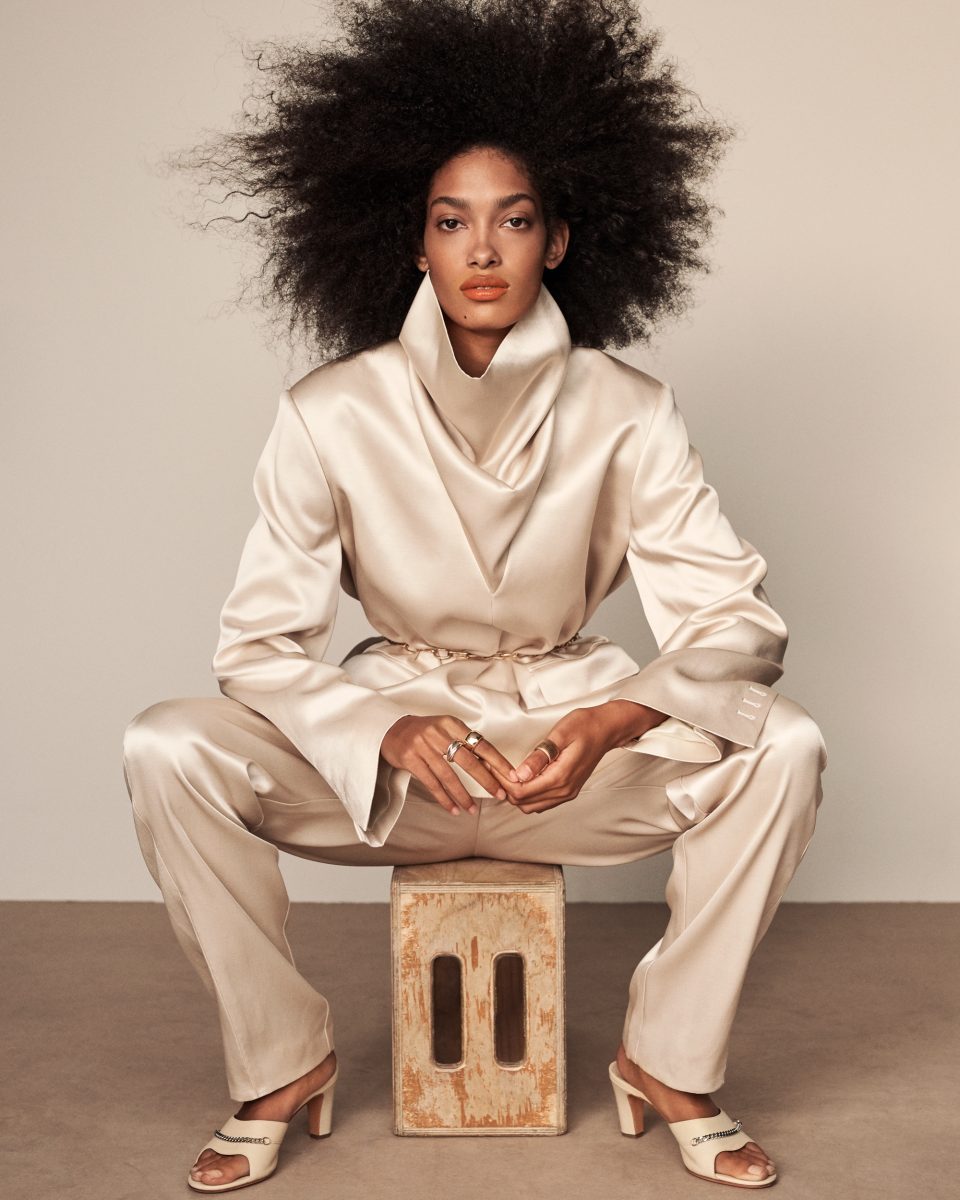PAULINA
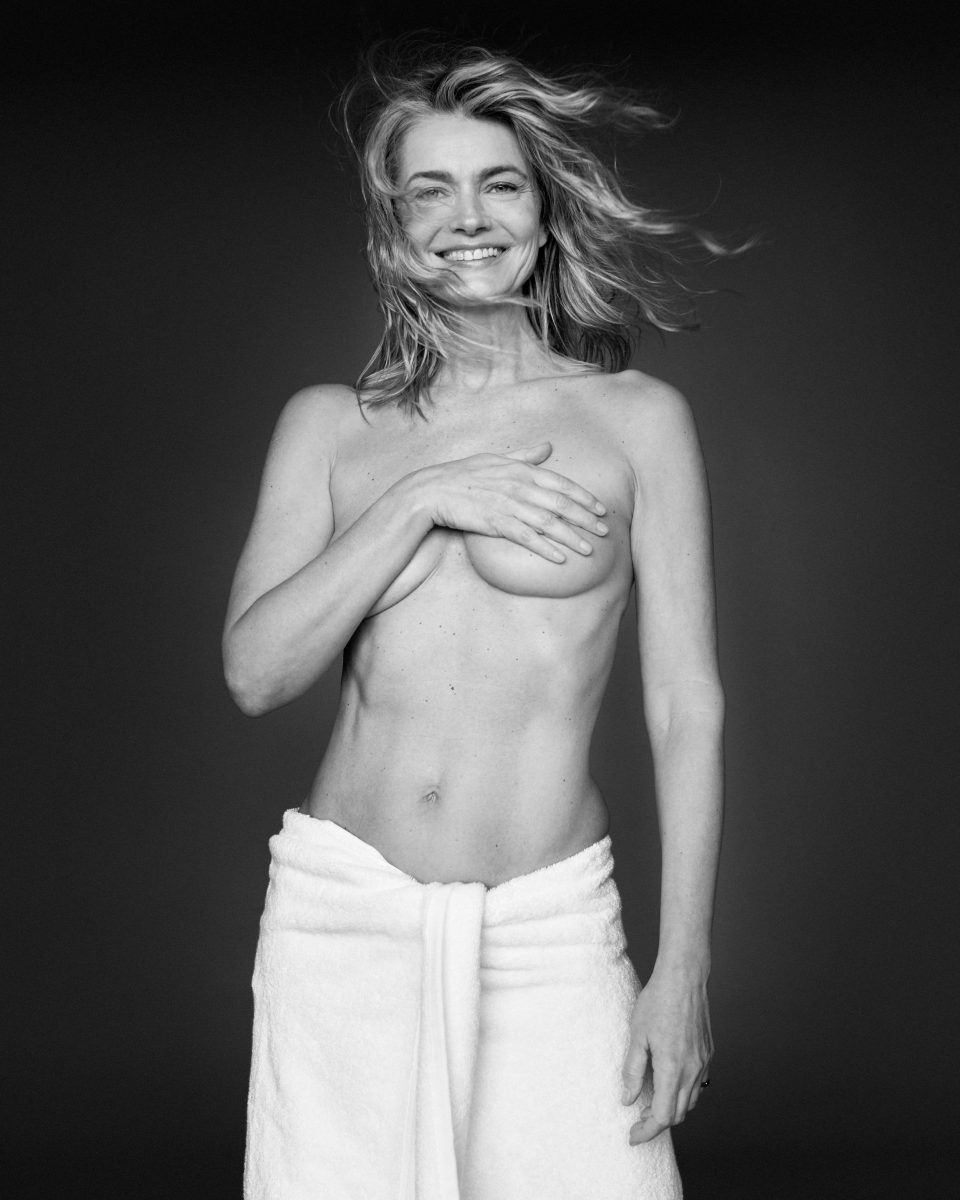
- Words ByNicholas Goodman
- Photography ByAlexandra Nataf
- Styling By Ilona Hamer
- Hair byWard
- Makeup byChiho Omae
6
Lest we forget. For most of fashion’s history, models were silent protagonists—meant to be seen, not heard. They were faces and names but rarely known for their stories or their voices.
In the 1980s, Paulina Porizkova shattered that mold. There were many iterations of Paulina over the years, but for that decade she was the teenage supermodel who became as famous for speaking her mind as she was for the countless covers she graced. Part of her appeal was a certain woman-of-the-world beauty—in the words of one editor, both elegant and dirty at the same time—but her real charm was her candor.
For one thing, she was openly dismissive of the industry. In interviews she said she found the business boring, superficial and insincere, famously stating, “Modeling Sucks.” Such unfiltered honesty, from an icon no less, was unheard of at the time. But those headlines introduced a real conversation about the role models were expected to inhabit. Here was a woman who says exactly what she thinks, who doesn’t bow to anyone else’s way of doing things and who definitely doesn’t hold back. And she never did.
That independent streak defined her entire career. She worked hard to become one of the most recognizable faces on the planet, but did it her way. What success bought her was the freedom to pursue more daring and creative projects, namely acting and her true love, writing.
Today, she has come to embody the idea of an accomplished beauty. While time, marriage and motherhood have all precipitated changes in her rich life, she’s reached another milestone. Like the rest of us, she has been living through the ups and downs of this strange time, navigating the now depressingly familiar burden of intense grief and financial uncertainty. Never reluctant to deal in depth with the difficult moments, she’s turned to Instagram to muse on her history and the current moment.
Paulina’s stories exude all of the chutzpah that led to her success. They are at turns irreverent and cheeky, somber and revealing—providing a candid look at what it’s like to have been one of the most famous women in the world when the spotlight dims. She’s transcended the superficiality of modeling, but admits to still struggling with the relentless self-scrutiny it cultivates in women. Beyond, that she is just exceedingly real about life, love, beauty and aging in a society and an industry obsessed with youth.
There is a certain intimacy in spending time with such a familiar, now wiser face. What becomes clear rather quickly is that this is who Paulina has been her entire life. She’s never been afraid to indulge her emotions, interrogate hypocrisy or call bullshit. Only now, she models a deeper kind of beauty—one that survives, even thrives, over the course of life, rooted no longer in who she was, but who she is. That more than anything else, is what makes Paulina Unconditional.
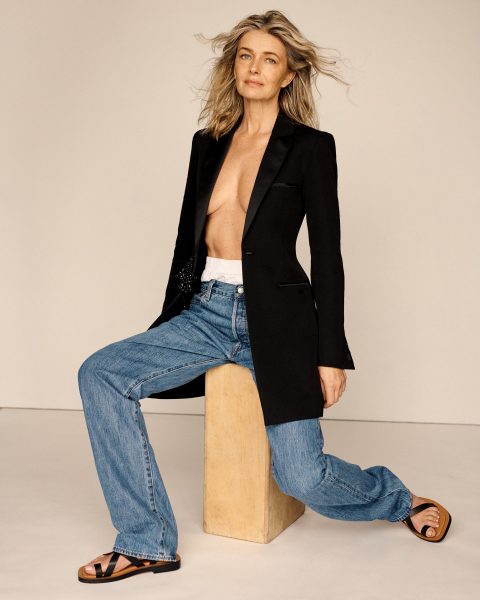
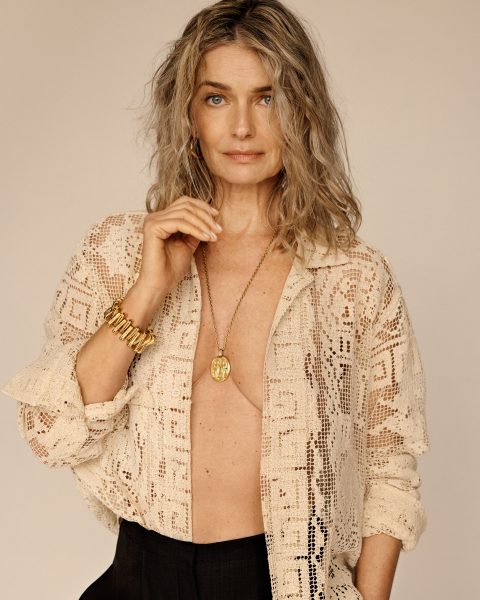
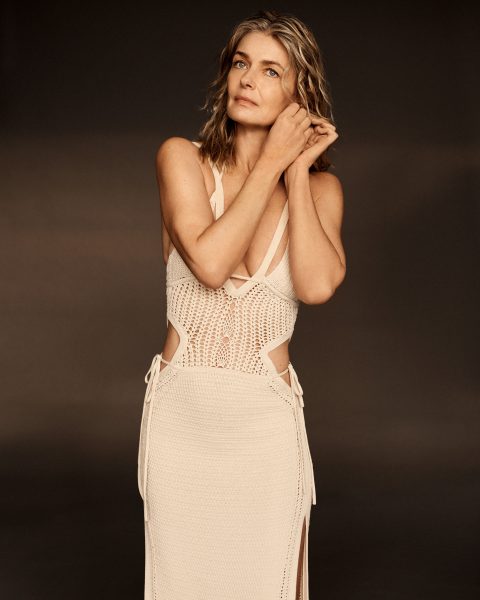
UNCONDITIONAL: We might as well start with the essential, which is how have you been doing over the last twelve months?
Paulina Porizkova:Going into Covid I wasn’t exactly in the best state of mind given that my husband had just died, not to mention this whole will debacle. So there was a lot going on for me underneath the pandemic itself. But since March, things have gotten a little bit easier, a little bit better.
UM: Did the pandemic and the lockdown ever cause you to rethink living in New York?
PP: Weirdly enough, that made me realize how much I love it here. I don’t care if it’s grimy or if half the stores are closed down, I don’t want to live anywhere else. It just reinforced my love for this city. Getting an apartment and moving back in January was really when it felt like I was coming out of a tunnel. Here’s my new life, here’s my little apartment and here’s me by myself again in New York.
UM: Which area did you settle on?
PP: In Chelsea, which is amusing actually. When I went to look at this space I knew right away it was perfect for me. But then I realized that my first New York apartment when I moved from Paris in 1983 was in the same neighborhood. All I remembered was that it had this stone lion on the stairs. So I walked out to the street, looked around to see if I could find it and realized I’m sharing a wall with my first apartment!
UM: Wow, full circle…
PP: I was single and hopeful and full of excitement for life when I was on the other side of that wall all those years ago.
UM: It’s interesting when you’re able to look back at where you were in different chapters of your life. And now you’re starting this entirely new chapter, only with so much more experience.
PP: It’s odd to be walking down the same street, seeing the exact same buildings and landmarks that I saw as a girl with a completely different outlook on life. Sometimes it’s sad. It kind of breaks my heart a little bit thinking back to the 17-year-old girl that was so filled with hope of what life was going to be. And here I am, a 56-year-old woman feeling a little beaten down at the moment. There’s this dichotomy between longing for that time and appreciating that I’m smarter now, I’m funnier, I’m more patient. I’m just overall a better person.
UM: And maybe more confident?
PP: Oh God, no. That’s the one thing that keeps escaping me. Am I more confident? Sure, but only because as a teenager I had a complete lack-of-confidence.
UM: I asked that because you’ve always had this really commanding presence, even when you were first starting out. Maybe that’s just the Aries in you…
PP: That’s so funny because you’re right in a way. But when I look back at those early interviews all I see is the arrogance of youth. I was in this stage where I was basically celebrated for farting. It’s almost like there was nothing I could do that wasn’t somehow cool or pretty or whatever. That’s really just the bubble, the cushioning of reality that fame gives you. Everybody wanting to see you, everybody wanting a piece of you, everybody telling you that you’re special and funny. Keep in mind also that the expectations for models were exceedingly low, so it was easy to exceed them.
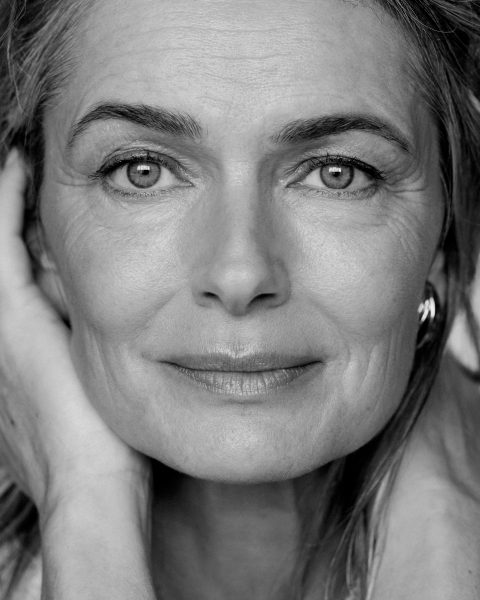
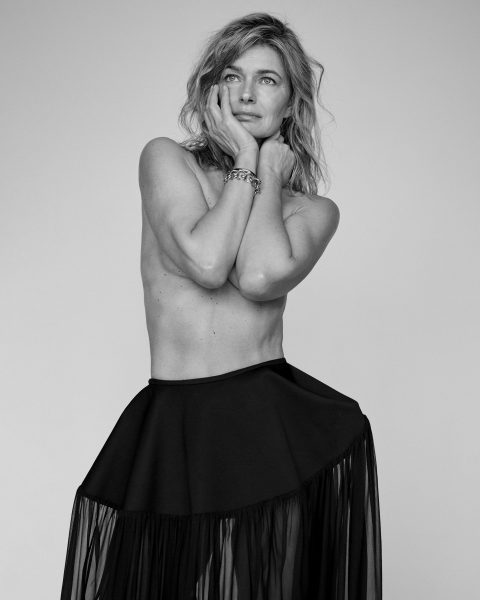
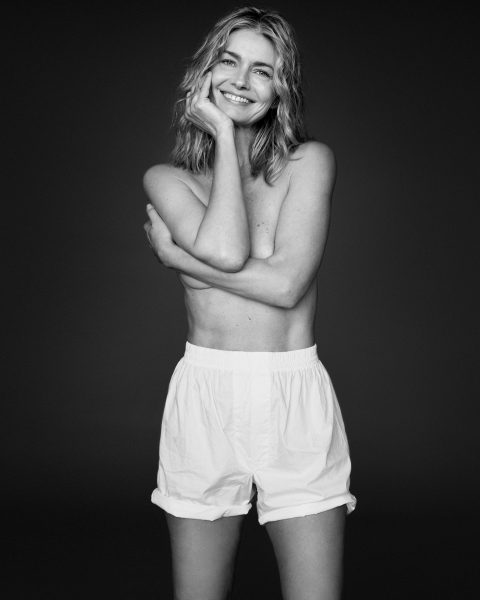
Paulina on the industry todayI actually think there’s an abundance of true beauty now. Even more so because our perspectives on what beauty is have widened, which is a great thing. Authenticity, maybe, is what we have less of now.
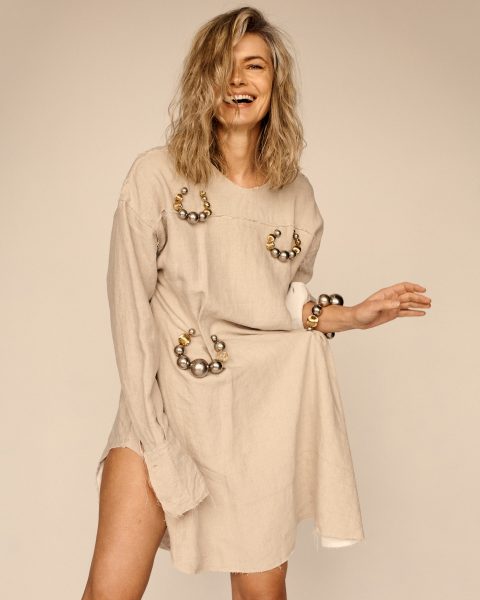
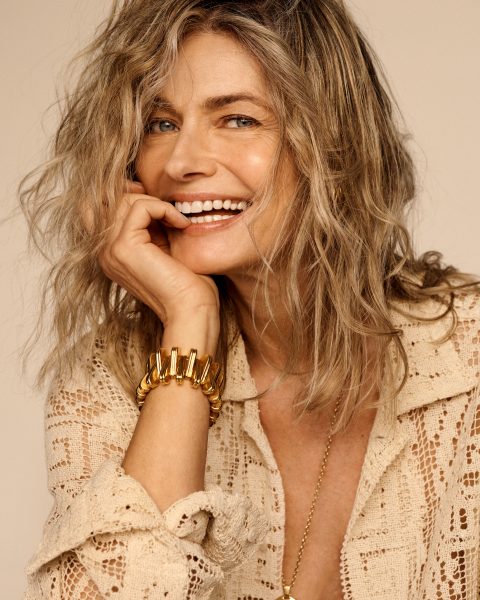
UM: The one thing all those stories mention without fail is that you were wise beyond your years, especially for someone so young. Do you ever wish that your career started a bit later?
PP: Look, I began my career and worked pretty much every day from the time I was 15 years old. Do I think that’s too young? Yes, absolutely, but it is what happened to me. Would I have been able to join the stream when I was 18 or 21? I’m not sure. I don’t really know. I was in the right spot at the right time. But I don’t think modeling is a great job for young girls. I think it would be much better if it was aimed at women, like real women. We were always called girls in modeling and we’re still called girls to a certain extent. Why is it never women, young women? It’s always girls. I’ve thought about it for a long time and I think it’s because a girl doesn’t know when to say no. A woman knows what she wants and what she doesn’t. She can’t get pushed around that easily. Girls, however, are moldable, so they’re preferred.
UM: I do think the industry has changed a lot, and not just in the obvious ways—accepting women of different backgrounds, different body types and age groups—but also in giving models a voice. I feel like models now have more power and more of a say.
PP: Well, that’s in part because a lot of today’s young models are basically celebrities. They’re influencers or kids of famous parents. You can’t fuck around with them. They’re already famous, sometimes with millions of followers on Instagram. So you don’t dare mistreat them because you’ll be called out on it. I think that has a lot to do with it. Models are no longer just nameless clothes hangers, they’re somebody before they even begin working. But for the models that start out because they’re skinny or photogenic, they’re not getting seen in that way. They’re in the backseat. Everything has changed. Who a model is has changed. The reason we were booked in the ‘80s was because we looked the way we looked in photos. If your skin broke out, you got sent home and you missed work for two weeks. So you had to be what you were pretending to be to a certain extent. Now with Photoshop, that doesn’t matter as much—your skin is always perfect, your eyeballs are always white. It’s a much different approach.
UM: Are you nostalgic at all for that era of modeling?
PP: I actually think there’s an abundance of true beauty now. Even more so because our perspectives on what beauty is have widened, which is a great thing. Authenticity, maybe, is what we have less of now. I’m not nostalgic because of that, and I’m not against this sort of Instagram lifestyle. If you want to filter your face or do whatever, I say do it if it makes you happy. I like to think I’m making my own authentic corner in the world. So I do my little thing and the people that are drawn to it will come along.
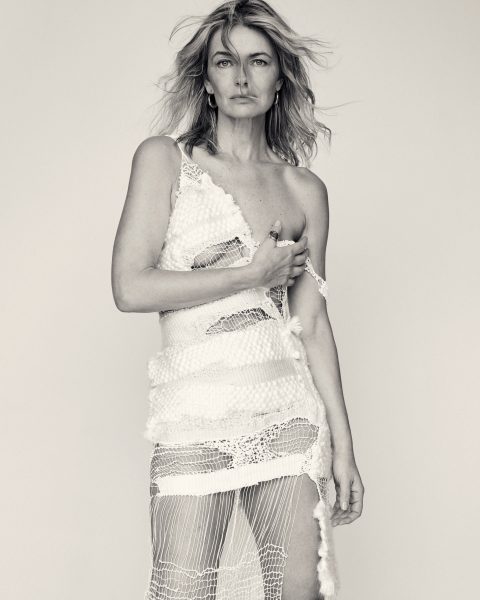
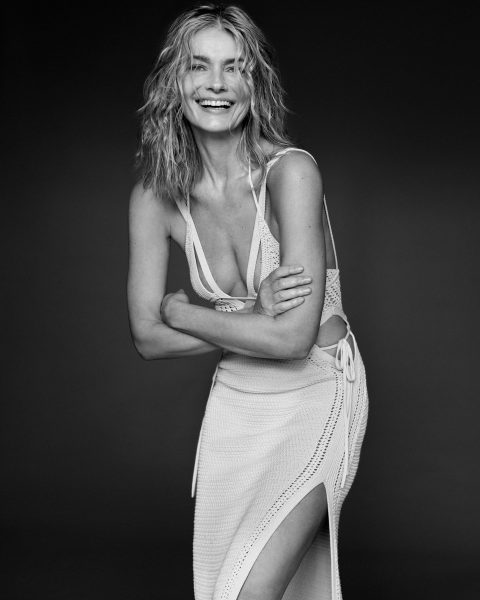
UM: That was certainly how people felt about your novel, “A Model Summer.” That it was an authentic, candid, clear-eyed look at the business.
PP: I wrote and I still write about what I know. So I used the modeling world and everything that I encountered in it as a young girl to form that novel. I felt like I needed to get that out before I could write about other things. But a lot of people took that book to be about my own life, which it wasn’t. I was using what I know, which is very different from who I am. I actually had it very easy when I started modeling. I got moderately successful very quickly. I worked steadily that first year from 15 to 16. I did countless bridal magazines because, again, nothing better than a 15-year-old bride! But I had steady work. It wasn’t high fashion but I made money. I became a sort of clothes horse before I was 18 living in Paris. Then I struck it big in the United States. They took me as a fashion model here, which was kind of lucky.
UM: Have you been writing much recently?
PP: I work on essays and a book and an anthology. It’s true, I’m not making much of a living with it as of yet, but I write, that’s what I do. People assume you’re not doing anything because, obviously, writing is not something you can just Instagram.
UM: But I do think you’re using that platform to express and present yourself with more depth.
PP: It’s true. Instagram has actually become a kind of job for me. I wake up in the morning, read through the comments, and that often will inspire me to talk about a topic. I see that certain things keep coming up, or people are wondering about whatever and that inspires me to write about it. I get an idea and I try to be as succinct and as descriptive as I possibly can within that allotted space. And I know that it’s gonna get read. That’s the most rewarding thing for a writer is to be read.
UM: Do you feel a different connection now with the people who follow you? It must be nice to know your words resonate so widely with women.
PP: Absolutely, I feel like it’s a community, which I didn’t expect when I first joined Instagram. At first I thought this is such an invasion of my privacy, having to post what I’m doing all the time. I hate doing photos. I even hate being in photos. For me, that’s work. And then, little by little after my husband’s death I realized that I could share more of my own emotions. I think it makes people feel less alone. When they see that somebody they thought was living this enchanted life is going through shit, it connects. And it makes me feel less lonely because I have all these women thanking me for being honest. In a way, it’s allowed me to have the voice that I always wanted to have. Forever when I was the most seen, I was the least heard, and Instagram has remedied that in a way. It’s like you’re publishing a little magazine of yourself every single day. You curate it to who you want to be, what you want to look like, but for the first time in my life, it’s in my control. And because I’ve had so much inauthenticity in my life—of having this image spray-painted on me of what people thought I was—it’s so freeing to just be me. This is who I am, warts and all, and to actually be seen like that is pretty awesome.
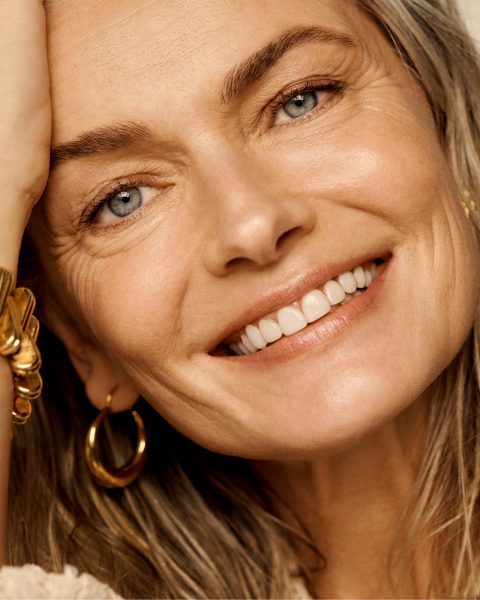
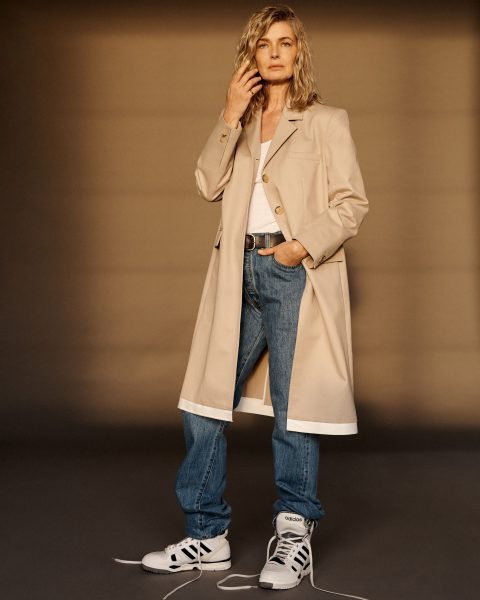
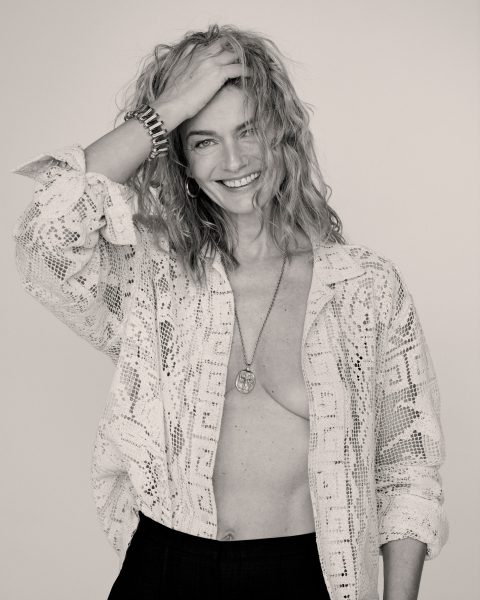
PaulinaI don’t really like that term, bucket list, because that’s just life. I’ve always wanted to live my life in a way to have as little regrets as possible, which means I do as much as I’m offered and as much as I want. I try not to say no to experiences because that’s the true joy of living. I think being alive is like sex, the best way to live is to just enjoy it—do what makes you happy, do what makes you satisfied, do what makes you feel of purpose. Just do. And if you can’t do it now, then set things up so that you can eventually. Isn’t that a Bob Dylan line? Those who are not busy living are busy dying.
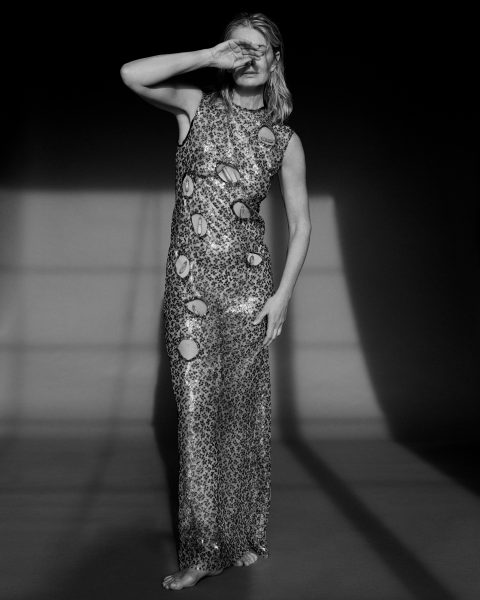
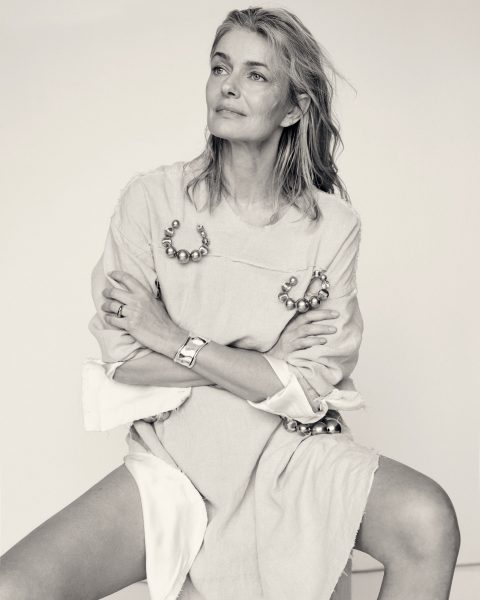
UM: And on a personal level, to be so open about beauty and aging—things that mostly get hidden away—is really empowering.
PP: I post what I would like to see from other women, from the women that I look up to. I want to see what they do to stay looking the way they do. Like, please tell me. Most of them don’t, so I figure fine, I’ll deal with that. Although I absolutely understand why they don’t, because of the scrutiny you come under when you do. You can never please everybody but there’s a lot of shame heaped on older women. As an older woman past 50, you get shamed just for wanting to be seen. And there is a lot of shame heaped on very young women about not measuring up; not being pretty or skinny enough.
UM: Which is why you have a lot of younger women online who aim at some idea of perfection all the time. Perfect faces, perfect bodies, but there’s little else beyond that.
PP: When people like you for being perfect, I think it’s bound to hurt you. People only love you for your image, not for who you are. Ultimately that’s going to feel very shallow and eventually, you won’t be able to measure up. At some point you’re going to fall off and then you’re going to have to relearn who you are and who you want to be.
UM: Is there anything left on your bucket list?
PP: I don’t really like that term, bucket list, because that’s just life. I’ve always wanted to live my life in a way to have as little regrets as possible, which means I do as much as I’m offered and as much as I want. I try not to say no to experiences because that’s the true joy of living. I think being alive is like sex, the best way to live is to just enjoy it—do what makes you happy, do what makes you satisfied, do what makes you feel of purpose. Just do. And if you can’t do it now, then set things up so that you can eventually. Isn’t that a Bob Dylan line? Those who are not busy living are busy dying.
This interview has been edited and condensed.
Model: Paulina Porizkova at The Model CoOp, Photography by Alexandra Nataf, Styling by Ilona Hamer, Hair by Ward at The Wall Group, Makeup by Chiho Omae at LGA Management, Manicure by Ada Yeung at Bridge, Photo Assistants: Siggy Bodolai and Cal Christie , Digital Technician: Andrea Bednarek, Stylist Assistants: Mackenzie Thiry and Candice Ho Lem, Production: Bridge
